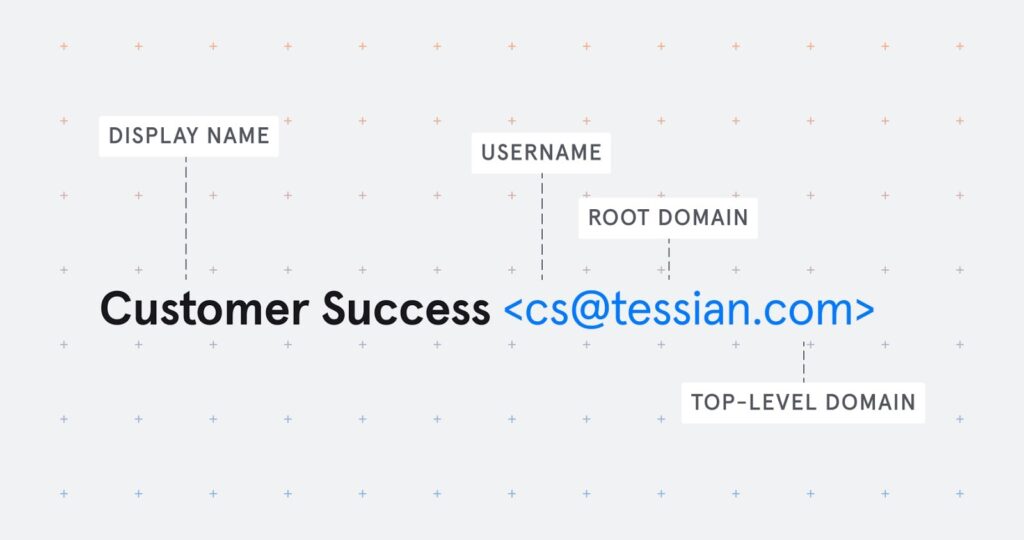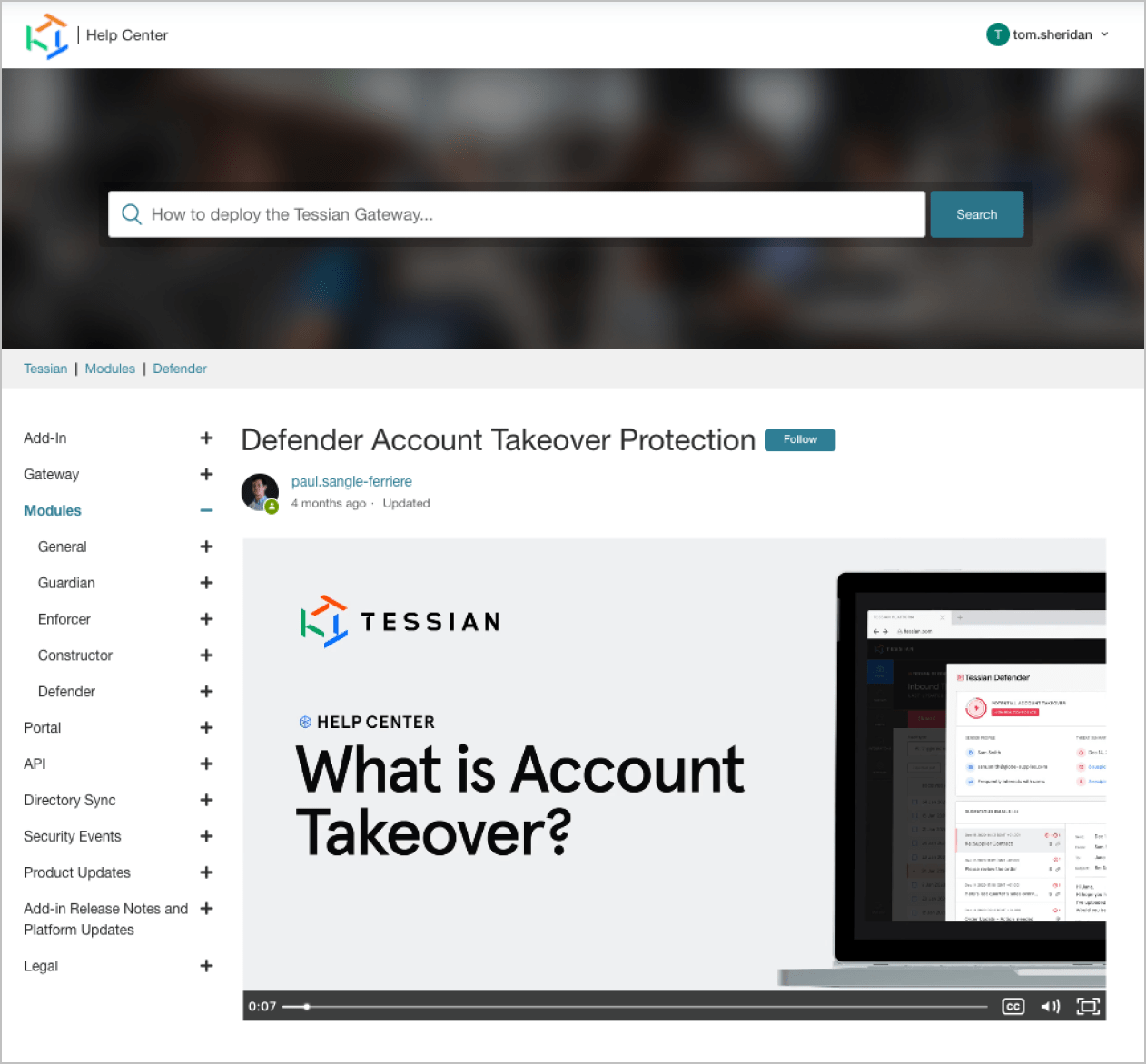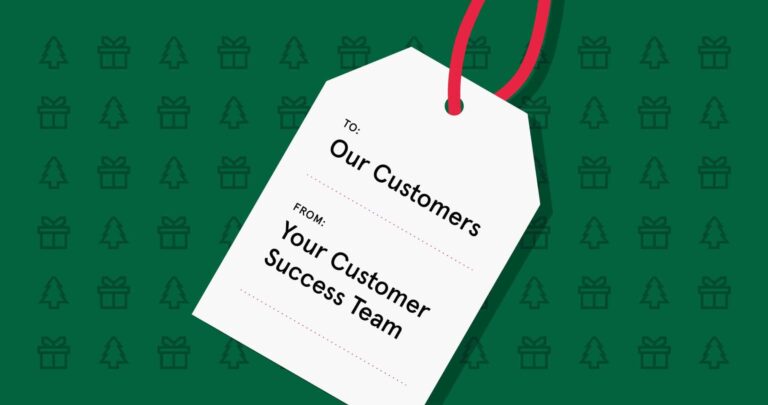Customer Success (CS) is on fire. LinkedIn recently ranked CS as the 6th fastest growing role, 80% of CS teams saw growth last year and investors can’t get enough of net revenue retention (NRR). It’s never been more important to make your customers successful, but it’s also not always easy. In my journey growing Tessian from a 5 to a 150 person company, I am learning the importance of focus in creating the right environment for your CS team and customers to succeed.
Focus and attention needs to start at a company level. At Tessian, we’re lucky that long-term customer health and value has always been at the forefront of our founders’ minds; so much so that it became codified in of our core company values:
“We fixate on our customers’ success. They’re the lifeblood of our business and guide our daily decision-making. Whether we’re launching a feature, or pursuing a partnership, we always ask 'How does this help our current and future customers?'
”
Value #2 - Customer Centricity
With a tick against company buy-in, my next learning was the importance of championing this value internally and with customers. To drive this focus, we developed a CS strategy built on 5 pillars. I’ve outlined our pillars below in the hope they may help other growing CS teams.
1. People
It all starts with your people. It’s no longer enough to have a great product, it’s about how you deliver it. To turn your CS motion into extensions of your customers’ teams and into a key differentiator for your company (the holy grail), you need the best people motivated to push new boundaries. That’s why this pillar always comes first for us.
It’s all very well getting the best people in seat (we use interview scorecards based on our 5 pillars to source, interview and hire for the right competency and culture fit), but you also need to create an environment for people to succeed.
Doing so is a team commitment, which requires everyone to commit to helping each other thrive. One of the ways we’ve been doing this is through our “CS People Committee”, who meet monthly to review team sentiment and feedback from our employee engagement tool (Peakon). The committee works to ensure we are continually prioritizing the changes and refinements that are needed to ensure the team continues to remain a great place to work. They recently identified “career growth” as a key area for improvement, leading to the team collaborating to implement growth frameworks for all CS roles 🙌 !
We measure team success and progress using Peakon scores, but we all know the real impact of an engaged team is reflected in how our customers are doing, which is when we turn to our next pillar…
2. Customer Health
Having a deep understanding of your customers’ health is critical. Done well, the business impact for the team (proactive engagement, better understanding of value, more focused interactions) and customers (faster time to value, better feedback loops, earlier course-correcting) is huge.
The catch is that defining and measuring customer health isn’t easy; it is a nuanced, multi-faceted and a very contextual exercise.
Until we embarked on our journey of contextualizing customer health at Tessian, we relied on gut-feel and experience to diagnose customer health issues. This wasn’t going to scale with our rapidly-growing customer base, so we built a predictive customer health score in Gainsight, bringing together qualitative customer experience variables (relationship strength, sentiment, advocacy, etc) and quantitative product outcomes (time to deploy, product performance, portal engagement, etc) into one place.
This was a great start, but we soon realized our health score was an internally controlled score, which lacked external customer validation. Enter net promoter score (NPS). We built an adaptive NPS program based on the customer stage in their journey with us, giving us a constant stream of live customer feedback. Our NPS augments our predictive health score and has now become the north star metric for this particular pillar.
3. Customer Growth
Net Revenue Retention (NRR) is fast becoming one of the most important metrics in SaaS, and CS is the new growth engine driving it. It’s a great measure of both product and customer success. Get it right (>100%) and company valuations soar. Get it wrong (<100%) and you’re going to struggle to survive.
We identified very early that onboarding was one of the key areas we needed to get right to positively impact our NRR. The quicker customers onboard, the quicker we’re showing value (for example, stopping breaches), and the more opportunities we have to show them how else we can help (by introducing them to our expanding product portfolio).
Through a combination of creating a dedicated onboarding team (less distractions for CSMs) and working closely with our product teams to drive automation in our product (post technical onboarding, our machine learning-led approach means little product configuration is required), we focused our CSMs on showing customers where there’s opportunity to deepen their protection and increase business value with Tessian.
Our quarterly account planning cycles help keep everyone (onboarding, CSMs, AMs, leadership) on the same page about how customers are progressing through their journeys and where we specifically need to focus our efforts.
As a result of this pillar, our NRR rate is now a key measure of success for not only our Customer Growth pillar, but for the company as a whole, with the CS team tracking against churn and expansion targets on a weekly basis.
Our growth focus doesn’t just stop at NRR. Sales Engineering also falls under the CS umbrella due to our proximity and intersection with Product, Engineering and, most importantly, our customers. The combination of anecdotal customer feedback and a deep understanding of the product and its use cases, leaves us with a formidable Sales Eng team who are focused on bringing more customers and revenue into Tessian 👊..
4. Customer Community
We very consciously set out to make a customer’s decision to buy Tessian about more than just buying our products; they’re also joining a the Human Layer Security movement (#SecureTheHumanLayer) that helps amplify their voice, profession and careers.
By creating a community of speakers, advocates and content creators, not only are we engaging with our customers at a deeper level, we’re also spreading the word, and building advocacy which in turns helps us to generate more pipeline, getting us closer to our mission of securing the human layer for enterprises across the globe.
We’ve repeatedly seen the power of putting our customers at the center of our community: our flagship event – The Human Layer Security Summit – has gone from 30 to over 2,500 attendees; our podcast was ranked among the best data breach podcasts after our debut season launched; and our customer-led product webinar series has been big hit. So we’ve decided to continue doubling-down on our customers’ involvement.
To incentivize the team to build and sustain a healthy customer community, we gamified customer involvement through creating an “advocacy events” score, which involves CSMs earning points as a result of customers engagement in our community (referrals, speakers, case studies, podcasts, reviews, etc). Going forward, we’ll be tracking which advocacy events lead to the most pipeline generation and acceleration of value for customers because, after all, that’s a core objective of our community.
5. Product Enablement
Our product philosophy is based on the fact that security teams have too much to do with too little time; hence we lean heavily on automation and reducing time to manage. To maintain our product experience, we are very aware that we need to carry that philosophy through in our onboarding and support interactions.
To do so, we invested early (way before most people said we needed to) in building, maintaining and promoting a HelpCenter. This continues to be a great resource for educating both customers and new team members dealing with onboarding or technical issues. We learned soon after release that text-heavy articles are often counterproductive and get poor uptake, so we pivoted to snappy articles, explainer videos and lots of diagrams.
The feedback on the HelpCentre has been amazing and it has played a big role in influencing our key product enablement metrics: CSAT and % users onboarded.
Defining your pillars of success
We’re still on a journey of continually reviewing and refining our pillars (we have so much more to learn), but having this framework has allowed us to focus on the things that matter most for our company and customers.
Here are some top tips for defining your own pillars:
- Keep them simple – anyone should be able to glance at your pillars and quickly understand what your CS team is about.
- Align them to business priorities – what’s top of mind for your company in the next 12-18 months? Align your pillars to that. The more relevant they are to the company story, the more they’ll resonate with execs, leadership and other teams. And be sure to build a routine of re-examining and refining the pillars because as the business changes, so will your team’s focus.
- Make sure they’re measurable – pick a “north star” KPI to measure each pillar against. You’ll likely have a ton of supporting KPIs in each pillar, but the north star KPI will keep everyone focused on what’s important.
- Don’t pick too many! – we’ve learned that 5 to 6 is the sweet spot. Anything more and you risk spreading your focus too thinly and anything less you’re likely to not be effective in helping your company achieve its mission.
I’ve only scratched the surface in this article but hope at least some of these lessons we’ve learned at Tessian can be helpful in your journey. It can sometimes be daunting to condense your team strategy into a few key pillars (not least because CS differs so wildly in every company), but get them right and your team will have the focus, clarity and ownership it requires to thrive 🤝 .














